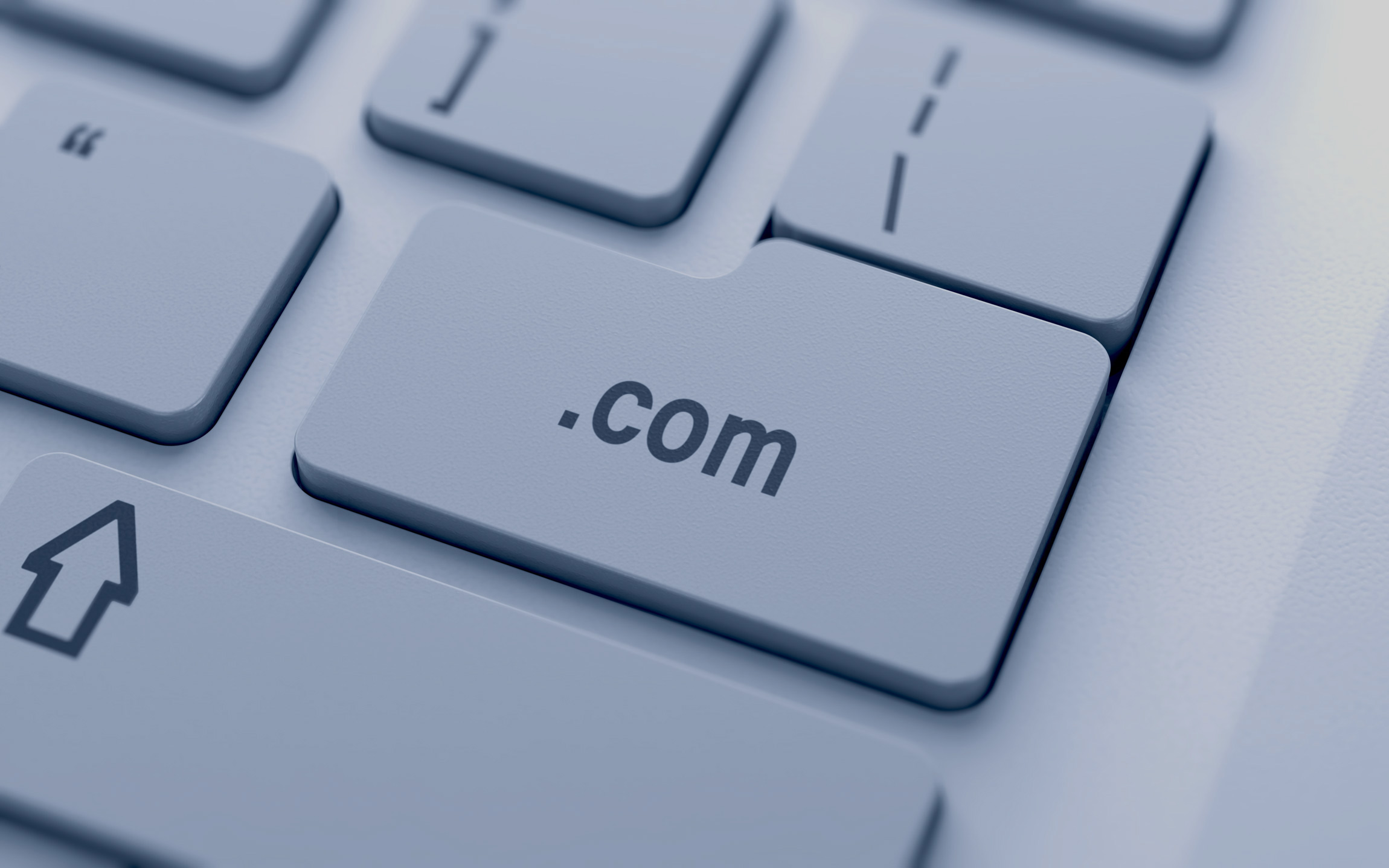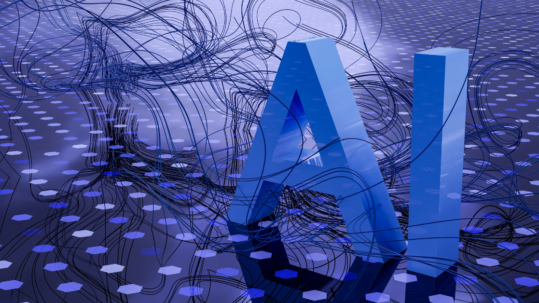New technologies, Internet and
New technologies, Internet and Social Media
What are New Technologies?
New technologies are those technological currents that are marking a change in the industrial and social model in the global economy. The changes are so revolutionary that some publications speak of the “fourth industrial revolution”.
We could highlight the following
● Artificial Intelligence (AI): technology that involves replicating or mimicking reasoning, processes or actions hitherto considered to be exclusively of human origin.
● Blockchain: technology that enables the exchange of information and data in an anonymous and unavoidable way, and can be applied in cryptocurrencies, smart contracts, among other applications.
● Internet of Things (IoT): technology that brings together all those technologies that favour connectivity between devices, with home automation being one of the fields where it has been most applied. An example of progress in this technological sector is the rise of the Internet of Generations, such as 4G, 5G or 6G
● Virtual reality (VR): technology that allows sensory experiences to be taken to their maximum exponent in an artificial way. It takes us to the so-called metaverse and is one of the great assets of the digital revolution. An example of the possibilities of this technology is its application in surgery, where an operation can be performed remotely by combining robotics and augmented reality.
● 3D printing, Automated cars, Drones…
These are multidisciplinary technologies whose use can be applied to different business and scientific sectors.
How can we assist you?
- These technologies imply new horizons and challenges that also affect the legal field. The new realities entail new legal frameworks with which we are confronted on a daily basis. AI and patents, infringements of Intellectual Property rights in the metaverse… without ruling out the classification of new cybercrimes.
- We are facing a process that can change the conception of our society, our daily life and, as is often the case in processes of socio-cultural and scientific-technological change and development, our understanding of law. This is why we are working in these new fields, adapting and transforming ourselves in order to be able to respond to these new challenges.
How can we assist you?
- These technologies imply new horizons and challenges that also affect the legal field. The new realities entail new legal frameworks with which we are confronted on a daily basis. AI and patents, infringements of Intellectual Property rights in the metaverse… without ruling out the classification of new cybercrimes.
- We are facing a process that can change the conception of our society, our daily life and, as is often the case in processes of socio-cultural and scientific-technological change and development, our understanding of law. This is why we are working in these new fields, adapting and transforming ourselves in order to be able to respond to these new challenges.
How do the Internet and Social Media affect us?
The presence of technological devices in our daily lives, new online communication channels, new ways of consuming audio-visual content and social networks bring undeniable benefits to society: they improve communication, facilitate new forms of learning and provide greater access to knowledge. However, their misuse can lead to significant harm.
Regardless of the cybercrime and cyberbullying that can result from the use of the Internet and social media, social media marketing is nowadays one of the main communication tools for companies and organisations. The content they disseminate on their websites and social media is a driver of business development, reflects their image and values and contributes to building their brand. In general, there is a false perception that all content circulating on the internet is legal or freely accessible, and this is not the case.
Protectable content on the Internet and social networks may include photographs or other images, literature, design, brands and other distinctive signs, all of which may be protected by Copyright, Industrial Design, Trademark or Unfair Competition.
Our role here is twofold: to ensure that the client’s content is well protected against copying and infringement and to defend their rights when this happens.








